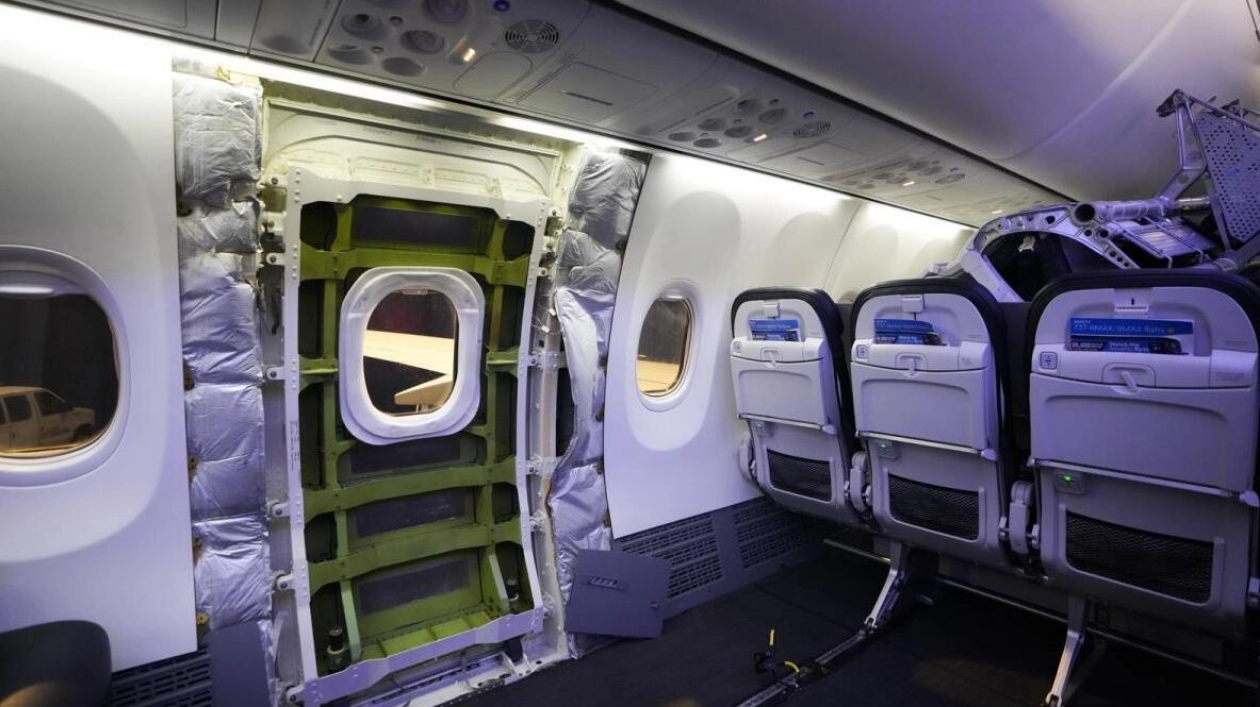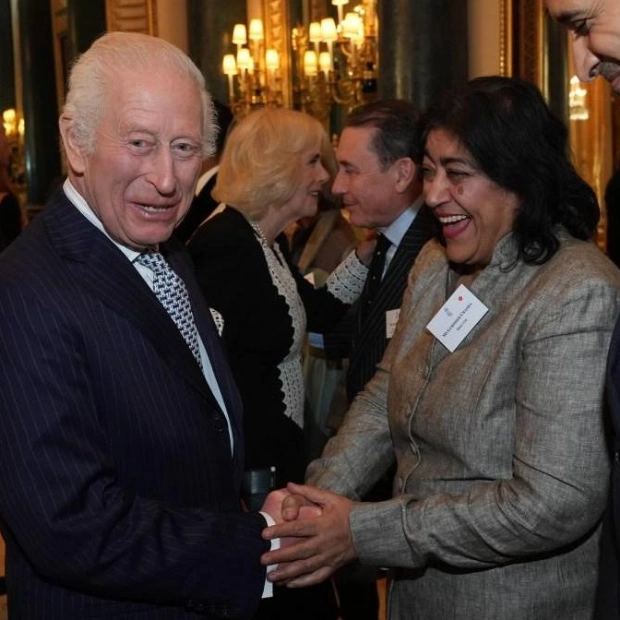Alaska Airlines flight attendants were terrified that passengers might have been sucked out of the aircraft during the chaos that ensued after a mid-air panel blowout on a Boeing 737 MAX 9 jet on January 5, as revealed by distressing testimonies released by safety experts on Tuesday.
The statements, collected from anonymous interviews with the attendants, were part of thousands of pages of evidence disclosed before a two-day hearing initiated earlier on Tuesday by the U.S. National Transportation Safety Board regarding the incident. These testimonies vividly describe the cabin crew's valiant attempts to assist passengers and communicate with the pilots when the panel detached from the jet at 16,000 feet shortly after departing from Portland, Oregon.
“I declared there's a hole in the plane, at the rear, and I'm certain we've lost passengers,” recounted a flight attendant with roughly 20 years of experience, upon noticing the hole and five vacant seats. The attendant was deeply concerned about an unaccompanied child seated towards the rear of the plane. “All I could contemplate was that he was there, too little to reach the mask, and undoubtedly terrified.”
The NTSB is currently examining the manufacturing, inspections, and oversight of the 737 by the Federal Aviation Administration, aiming to formulate recommendations to avert future recurrences. This incident has escalated into a comprehensive financial and reputational catastrophe for Boeing, the manufacturer.
Flight attendants, unauthorized to speak publicly immediately post-accident, depicted a loud explosion, rushing air, and, in one case, entangled oxygen masks. “I believe I managed to exclaim, 'I think there's a hole and we might have lost passengers.' Then it felt like I lost all contact; I attempted to call back, shouted into the phone, but couldn't hear a thing,” described a second flight attendant, with close to a decade of experience.
“The most frightening aspect was the lack of precise communication with the flight deck; initially, I wasn't sure if the decompression occurred in the front, if we had pilots, and being unable to communicate effectively with the rear,” the attendant added. Both attendants detailed the plane's damage and injured passengers, including a teenager without a shirt, his face and neck reddened. One seat was entirely denuded of its leather cover, fabric padding, upholstery, and headrest tray table due to the force of the decompression.
The second flight attendant noted that eventually, the pilots informed them of the impending landing, “so I was reassured that we would be alright.”






